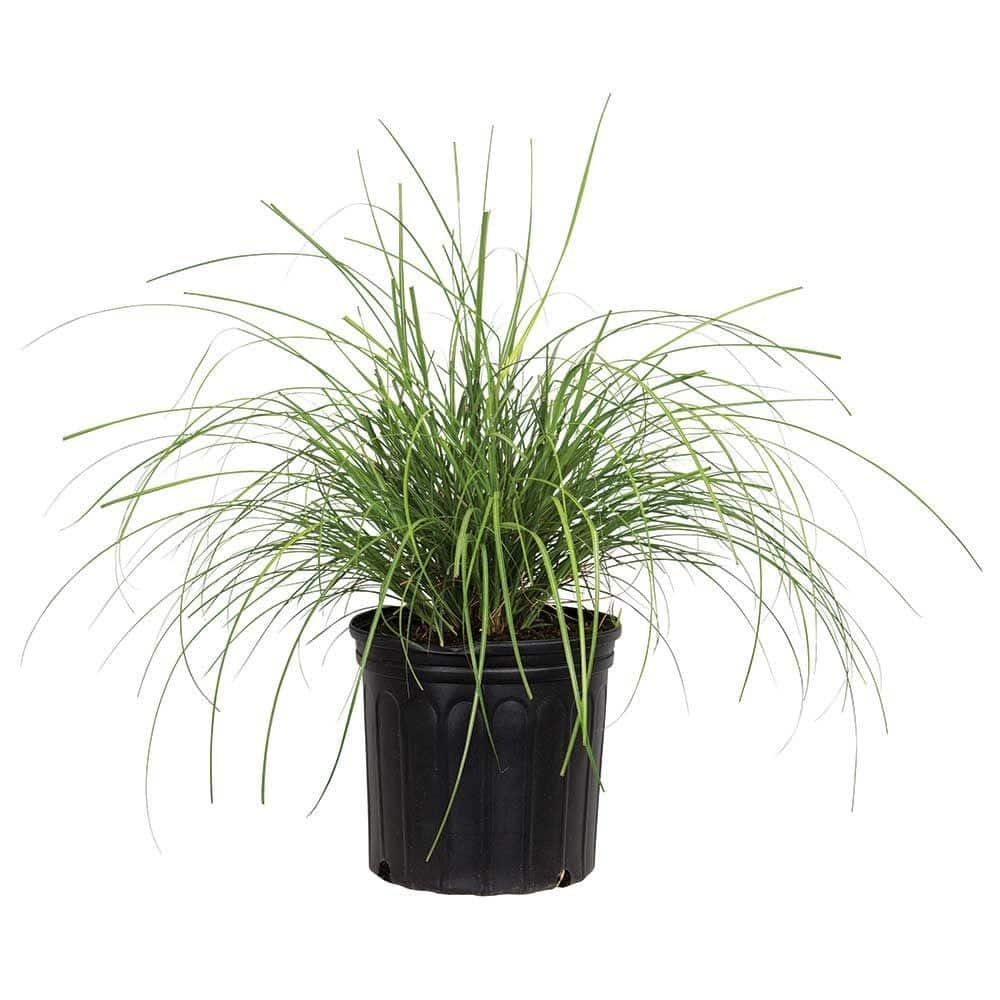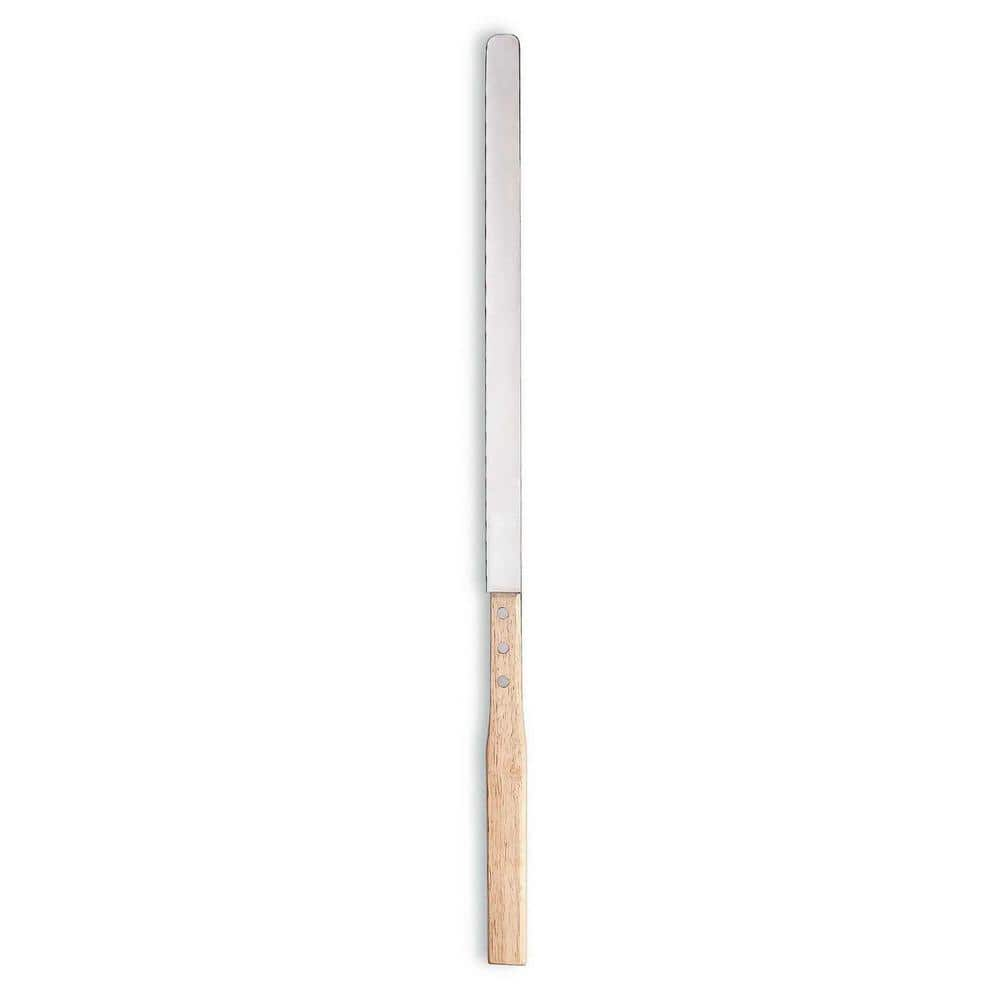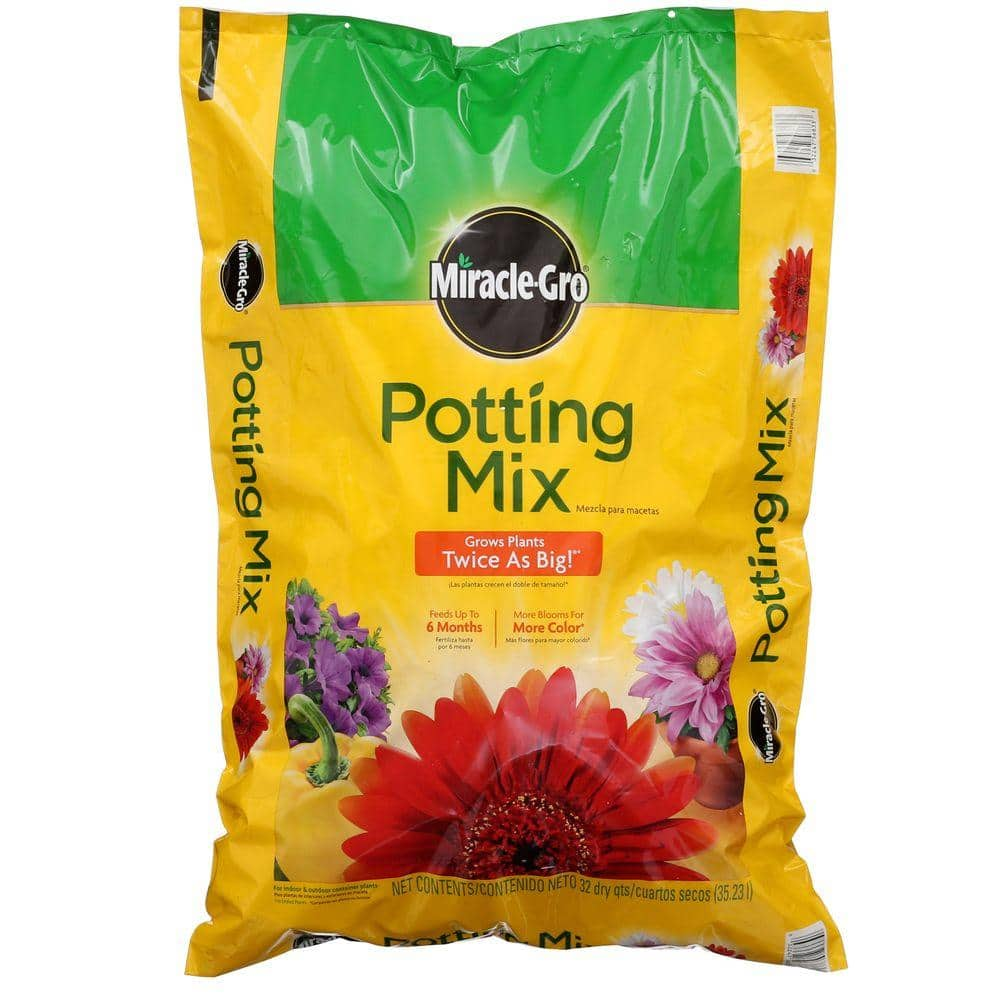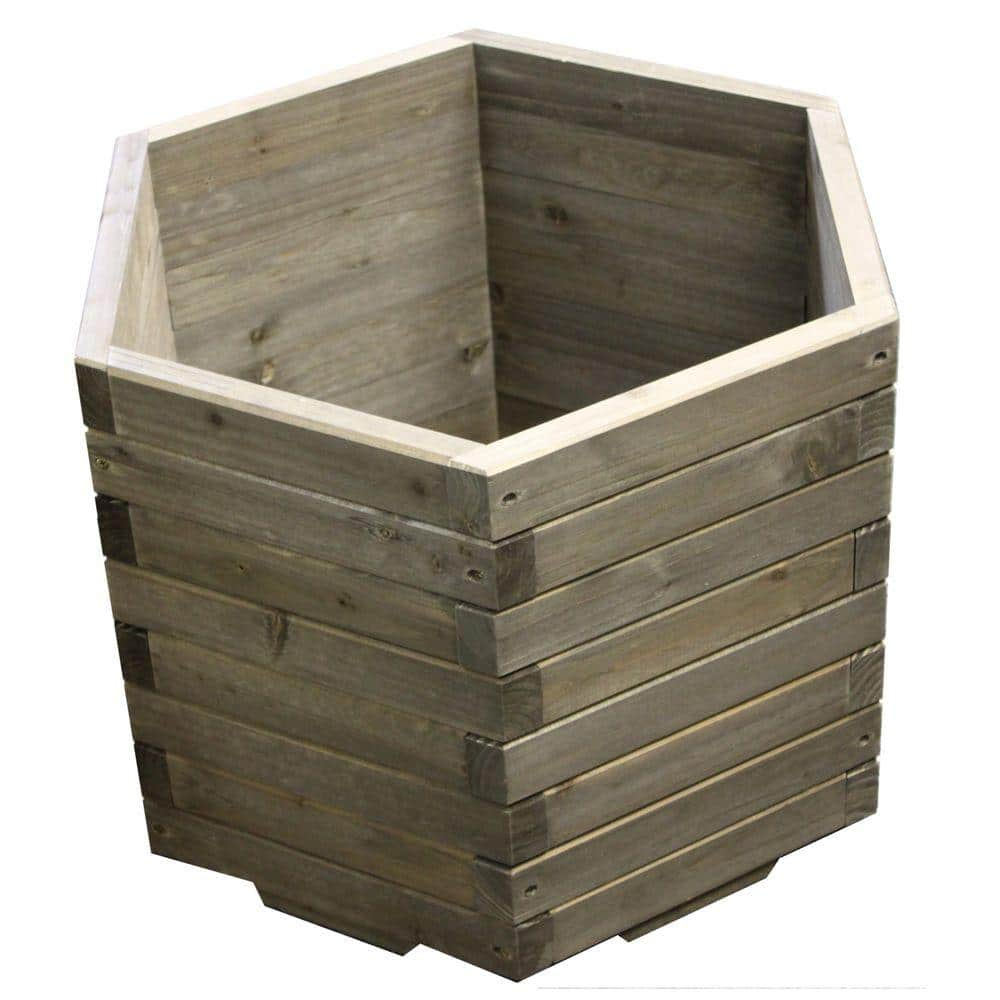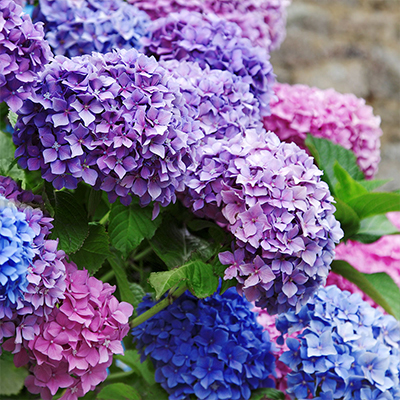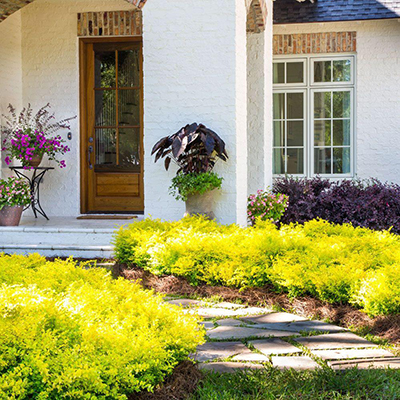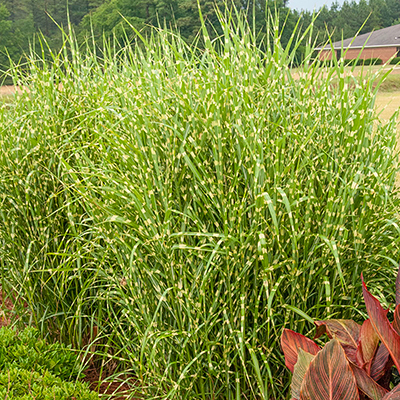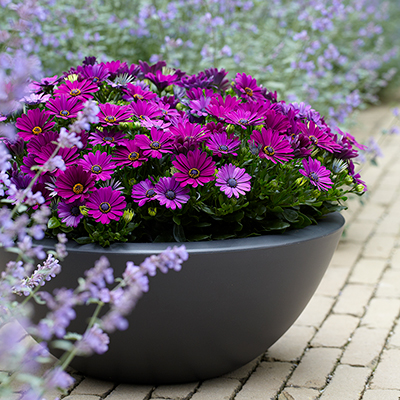How to Grow Coleus for Fine Foliage
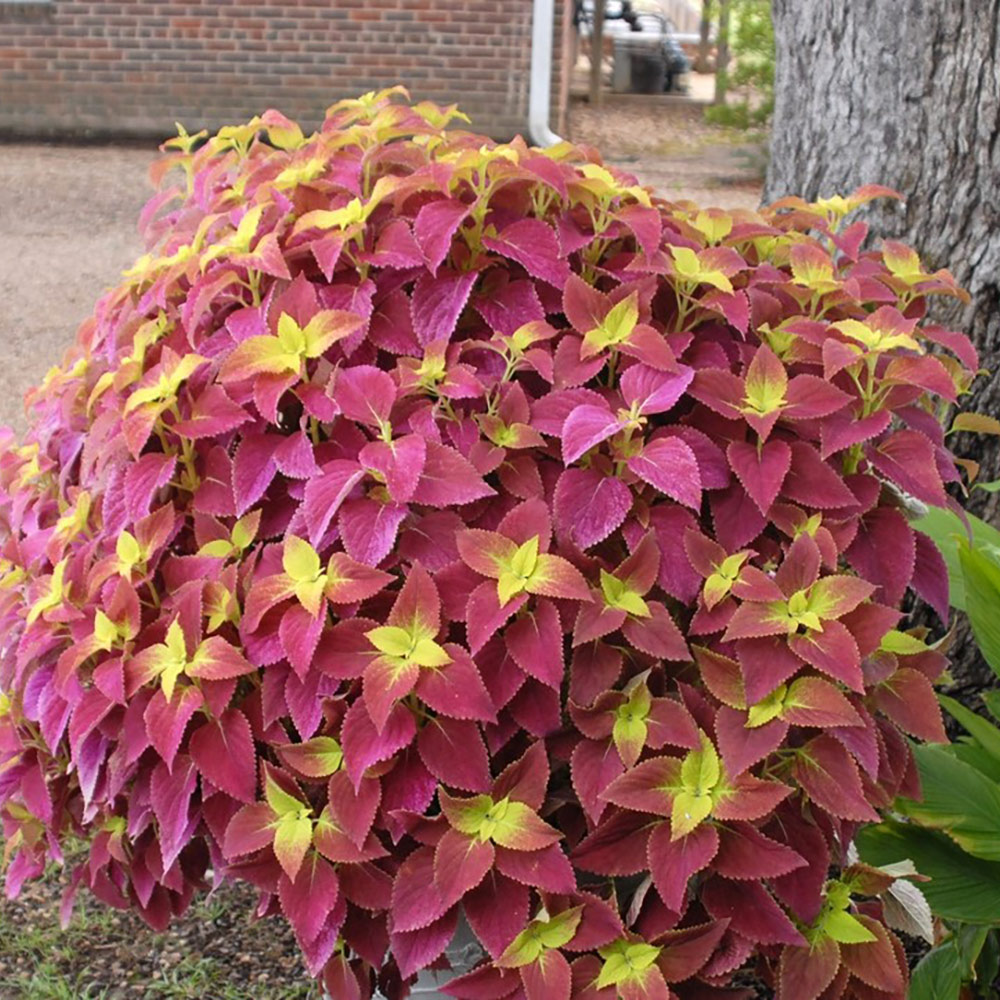
Last updated September 7, 2023
Coleus is the brilliant star of the shade garden. It shows off foliage in shades of lime, peachy pink and burgundy. Coleus works as a great container plant on a shaded porch. Even if you have filtered sun and are willing to water, coleus is for you.
This guide details coleus, all its benefits, and teaches you how to grow it.
Table of Contents
Coleus Facts & Benefits
Planting Coleus
Grow Coleus in Containers
Companion Plants for Coleus
Coleus Facts & Benefits
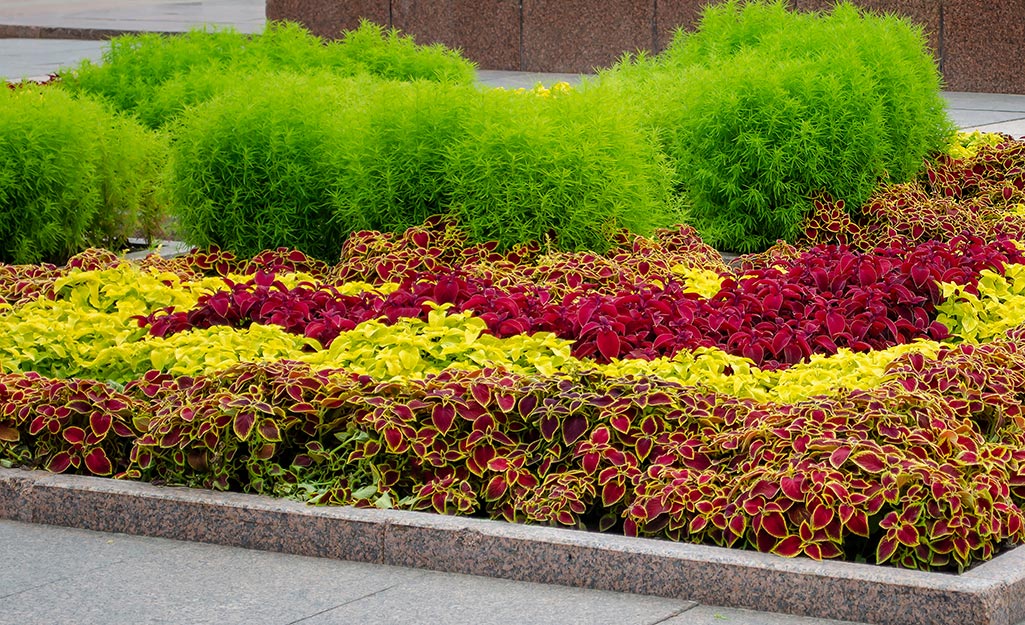
Coleus was popular as a bedding plant during the Victorian era. It's making a major comeback due to its vibrant colors. Coleus stands out with its square stems and tiny blue to white flowers. The foliage can vary greatly in style, color and shape. New colors and patterns are often introduced.
Gardeners love it because it quickly spreads and grows full size in one season. Coleus looks gorgeous in window boxes and hanging baskets. It really shines in container gardens though. The foliage is nothing short of vibrant. Coleus brings a saturated pop of color to flower beds. Or, it can bring a showy pattern to a mixed container. It lasts outside for only one season. However, it can be brought indoors and last for several seasons. If you have pets, be careful as it is toxic.
Coleus is an annual in all but the mildest climates. It grows vertically, but you can achieve a bushy shape by pinching back leaves. Pinching flowers also helps it conserve energy. Coleus delivers color and texture all summer long. In the hottest months, it sends up small flower stalks.
Break off flower spikes through the season to encourage foliage growth. Keep pinching off the flowers up until about a month before frost. This ensures you can enjoy the soft blue blooms for a few weeks at season’s end.
Pinch back coleus for more uniform growth and to propagate more plants. With pruning snips, or by hand, cut a good portion of the stem and some leaves. Place cuttings in a container of quality potting mix. Keep it in shade, water frequently and you’ll have more plants within a few weeks. Move the container to filtered sunlight when established.
Planting Coleus
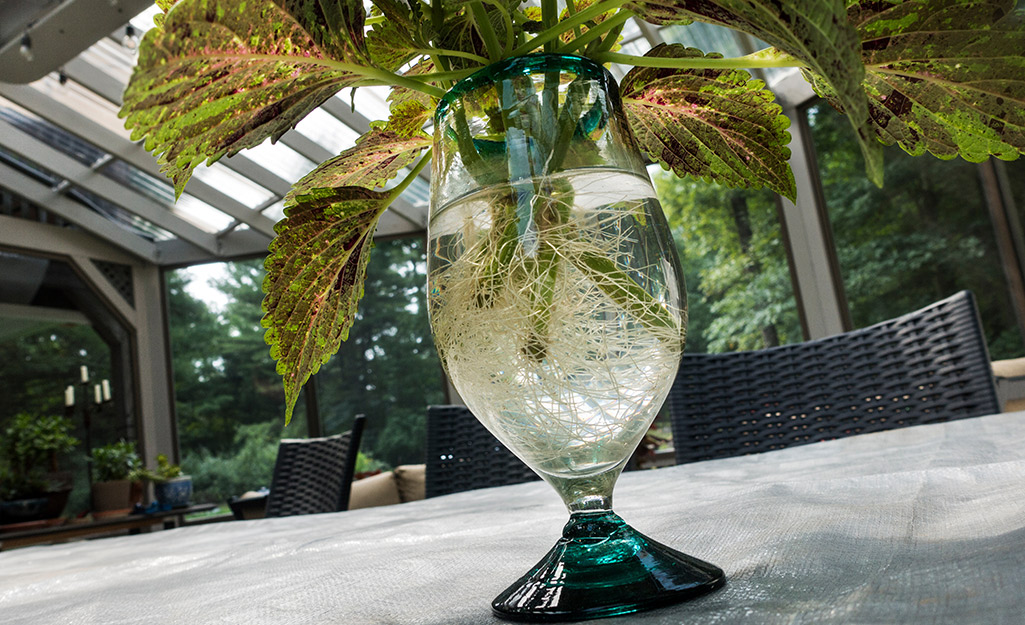
While coleus won’t last past the first frost, those same cuttings can overwinter. Place them in a glass jar in a sunny window. Be sure to change the water frequently.
In spring, when nighttime temps warm above 50 to 60 degrees, transplant cuttings to containers. Treat gently for a few weeks, then set them out to enjoy the season.
Plant coleus in a location with filtered light. Morning sun is best, with protection from afternoon heat. A plant kept in too little light won’t have the same brilliant colors. One with more sun exposure will be more vibrant.
Coleus can tolerate a bit of neglect. They will wilt on hot days, but will spring back once watered. Give the plants well-draining soil in for the best results. Coleus prefers moist, rich, and loose soil. Before planting, amend the soil with compost. Or, you can use another organic material such as perlite.
For potted plants, good-quality potting mix will work fine. It likes slightly acidic to neutral pH (6.0 to 7.0). Make sure you choose a container with drainage hole, or you'll deal with root rot. Mulch helps the soil retain moisture for longer periods of time. Do not use cedar mulch because it's toxic to coleus. Don't let the mulch touch the coleus stems, as it can promote rot and hide slugs.
With the right growing conditions, you will be rewarded with season-long blooms. There are a few pests, though. Look out for mealybugs, spider mites, slugs, white flies and aphids. Inspect your plants often. Treat with an insecticide like Neem oil if you spot them.
Grow Coleus in Containers
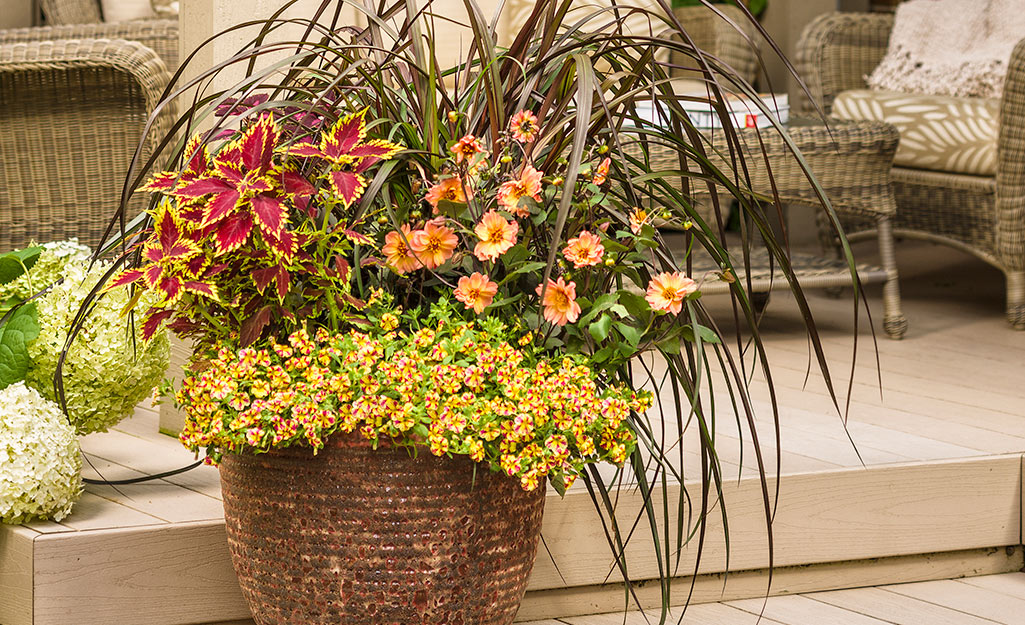
Coleus plays well in containers. Choose larger containers that are at least 18 inches wide and 18 inches deep. Fill with moisture-control potting mix.
Use the thriller-filler-spiller formula for the best results. A "thriller" is a tall plant with a strong statement of form and color. "Filler" plants fill the space hiding the soil. "Spiller" plants weep over the edge of a pot. This formula results in a 3D arrangement that looks opulent and mature.
Pairing the coleus color themes with boldly colored annuals and ornamental grasses creates a striking container.
Companion Plants for Coleus
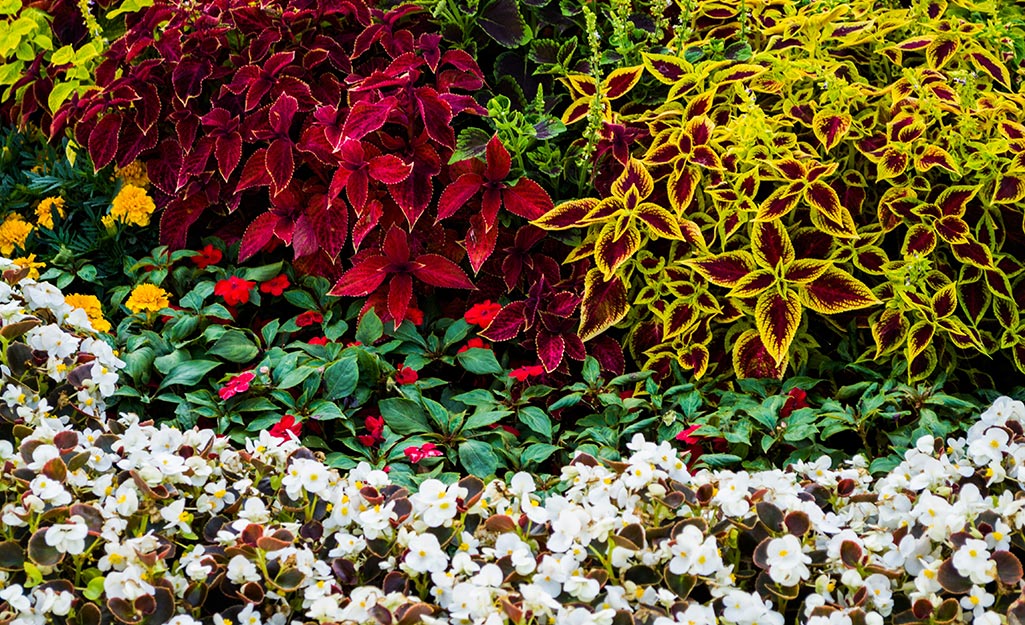
There are multiple options when it comes to picking out companion plants for coleus. They should be paired with contrasting colors and shade requiring plants. Some companion plants to throw into the mix include:
- Lantana
- Impatiens
- Begonias
- Heliotrope
- Cordyline (spikes)
- Dusty miller
- Sweet potato vine
- Ornamental grasses like purple fountain grass
Impatiens are annual plants known for their bright and cheerful spring flowers. They alternate with the perennial plants in bloom. Impatiens add a great color contrast.
Begonias are great because they flower best in the shade. Place begonias in the center for beautiful blooms. Hostas have colorful foliage, hardiness and easy growth. This makes them an ideal pair to coleus.
Sweet potato vines combined with coleus create a lush appearance with so much texture and colorful foliage. Fountain grass has bottle-brush flowers and spiky leaves. For a unique container, add this next to coleus. There are endless opportunities for coleus companion plants.
Ready to start growing coleus in your beds and containers? The Home Depot delivers online orders when and where you need them.
